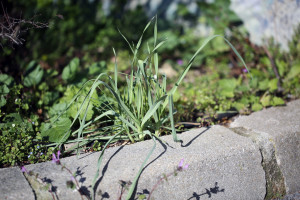Podcast: Play in new window | Download
Subscribe: RSS

Wild Edibles
- I First, it means (I)dentify the plant beyond doubt.
- T Next, make sure it is growing or fruiting or otherwise available at the right (T)ime of year.
- E Third is checking out the (E)nvironment. This involves two things. One is making sure it is growing in the right place. The other is making sure the plant is getting clean water and is not in polluted soil.
- M And then, what is the proper (M)ethod of preparation.
- Separate the plant into its various parts—roots, stems, leaves, buds, and flowers. Focus on only one piece of the plant at a time.
- Smell it. A strong, unpleasant odor is a bad sign.
- Test for contact poisoning by placing a piece of the plant on your inner elbow or wrist for a few minutes. If your skin burns, itches, feels numb, or breaks out in a rash, don’t eat the plant.
- If the plant passes the skin test, prepare a small portion the way you plan to eat it (boiling is always a good bet).
- Before taking a bite, touch the plant to your lips to test for burning or itching. If there’s no reaction after 15 minutes, take a small bite, chew it, and hold it in your mouth for 15 minutes. If the plant tastes very bitter or soapy, spit it out.
- If there’s no reaction in your mouth, swallow the bite and wait several hours. If there’s no ill effect, you can assume this part of the plant is edible. Repeat the test for other parts of the plant; some plants have both edible and inedible parts.









